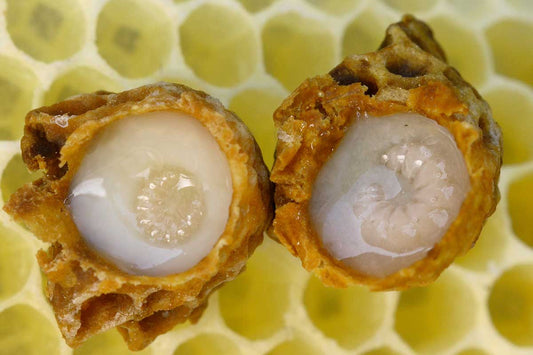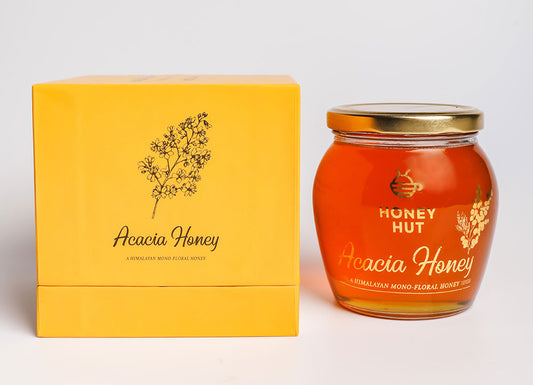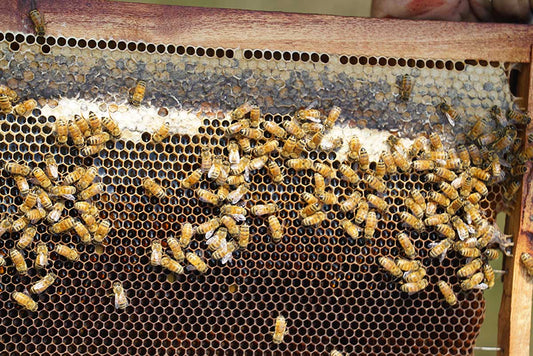Beekeeping, also known as apiculture, is the practice of keeping bees and managing their colonies for the purpose of harvesting honey and other bee products. It's a fascinating and rewarding hobby that's gaining popularity among people of all ages and backgrounds. If you're interested in starting your own hive, here's a beginner's guide to the basics of beekeeping.
First, it's important to do your research and understand the commitment involved in beekeeping. You'll need to invest in some equipment, such as a hive, protective gear, and tools for managing the colony. You'll also need to learn about bee behavior, hive maintenance, and how to avoid common beekeeping challenges.
Once you're ready to start, you can either purchase a package of bees or a nucleus colony from a reputable supplier. Bees should be introduced to their new hive during the spring or early summer when the weather is warm and there's plenty of nectar and pollen available for them to forage.
Once your bees are settled in, it's important to maintain their hive and ensure they have enough food and water. This includes regular inspections to check for signs of disease, pests, or other issues that could harm the colony. You'll also need to manage the size of the hive by adding or removing frames as needed to prevent overcrowding.
Harvesting honey is one of the most rewarding parts of beekeeping. This involves removing frames from the hive that are filled with honeycomb, and then extracting the honey using a honey extractor. It's important to leave enough honey in the hive for the bees to eat during the winter months.










